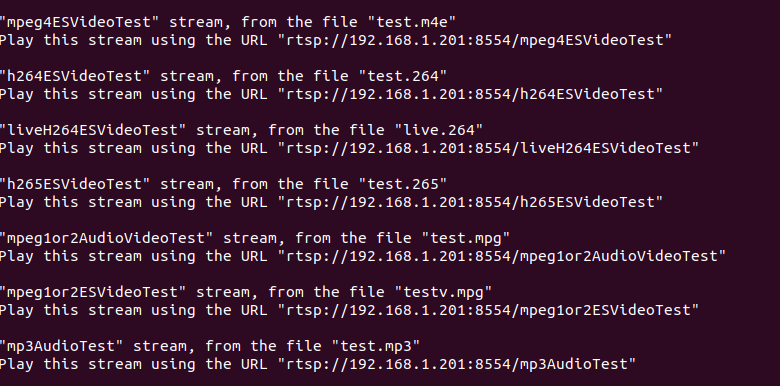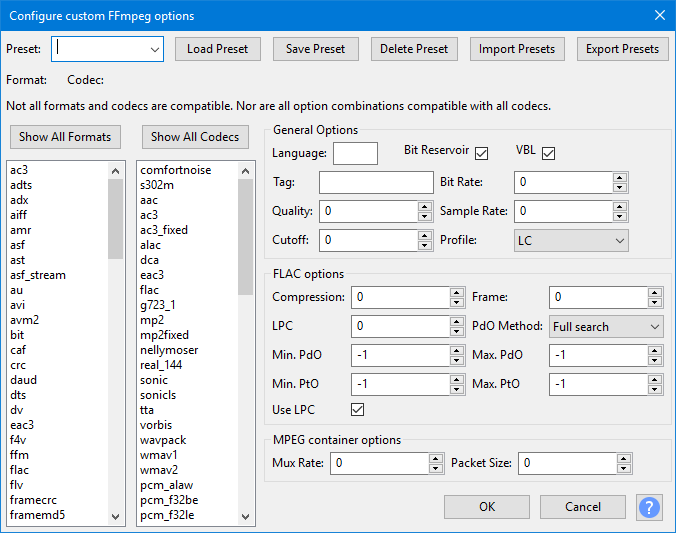
- #FFMPEG H264 SPS PPS IFRAMES HOW TO#
- #FFMPEG H264 SPS PPS IFRAMES SOFTWARE#
- #FFMPEG H264 SPS PPS IFRAMES SERIES#
Recall that, for the 4:2:0 sampling scheme in my encoder, a macroblock consists of 16×16 luma samples. SPS, PPS ParametersĪ question I got a couple of times in email was about the width and height parameters - specifically, what to do if the picture width or height is not an integer multiple of macroblock size. If you encode the above table in hex, you will get the values in the SPS array declared above. Some key things here are the profile ( profile_idc) and level ( level_idc) that I chose, and the picture width and height. I missed this at first and it caused me much trouble. Let’s have as few frame numbers as possible. Indicates this is a sequence parameter set.

#FFMPEG H264 SPS PPS IFRAMES SOFTWARE#
(People wishing to explore the security of decoder software may find it interesting to violate this assumption!) Parameter Nameĭespite being forbidden, it must be set to 0!ģ means it is “important” (this is an SPS). The spec doesn’t seem to define the maximum number of bits anywhere, but the reference encoder software uses 32. In the table, as in the standard, the type u(n) indicates an unsigned integer of n bits, and ue(v) indicates an unsigned exponential-Golomb-coded value of a variable number of bits.
#FFMPEG H264 SPS PPS IFRAMES HOW TO#
I saw that at a minimum I had to choose how to fill in the SPS parameters in the table below. The first thing I did was to look at section 7 of the H.264 specification. Let’s decode this into something readable from the spec. In my trivial encoder, the h.264 SPS and PPS were hardcoded in hex as: /* h.264 bitstreams */ const uint8_t sps = In the case of my simple encoder, we emitted a single SPS and PPS at the start of the video data stream, but in the case of a more complex encoder, it would not be uncommon to see them inserted periodically in the data for two reasons - first, often a decoder will need to start decoding midstream, and second, because the encoder may wish to vary parameters for different parts of the stream in order to achieve better compression or quality goals. The PPS NAL unit contains parameters that apply to the decoding of one or more individual pictures inside a coded video sequence.
#FFMPEG H264 SPS PPS IFRAMES SERIES#
The SPS NAL unit contains parameters that apply to a series of consecutive coded video pictures, referred to as a “coded video sequence” in the H.264 standard. The SPS and PPS are both types of NAL units. Recall that an H.264 bitstream contains a sequence of Network Abstraction Layer (NAL) units.

Both entities contain information that an H.264 decoder needs to decode the video data, for example, the resolution and frame rate of the video. I’ve received several emails asking about precise details of things in two entities in the H.264 bitstream: the Sequence Parameter Set (SPS) and the Picture Parameter Set (PPS). This is a follow-up to my World’s Smallest H.264 Encoder post.


 0 kommentar(er)
0 kommentar(er)
